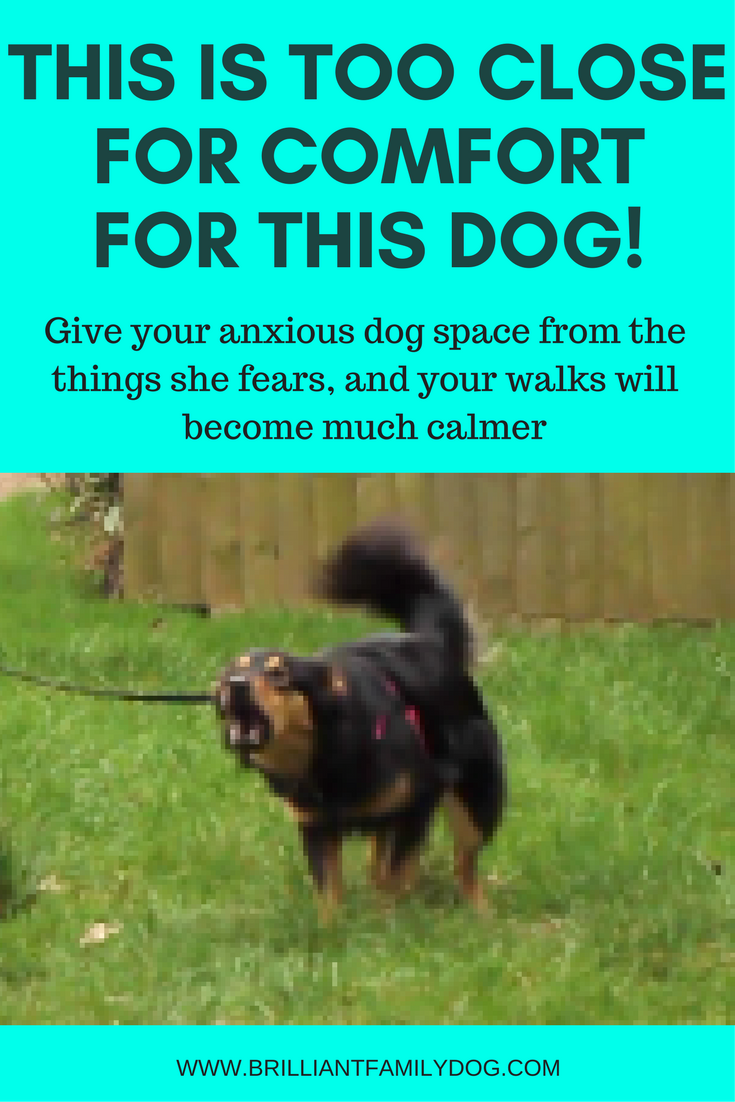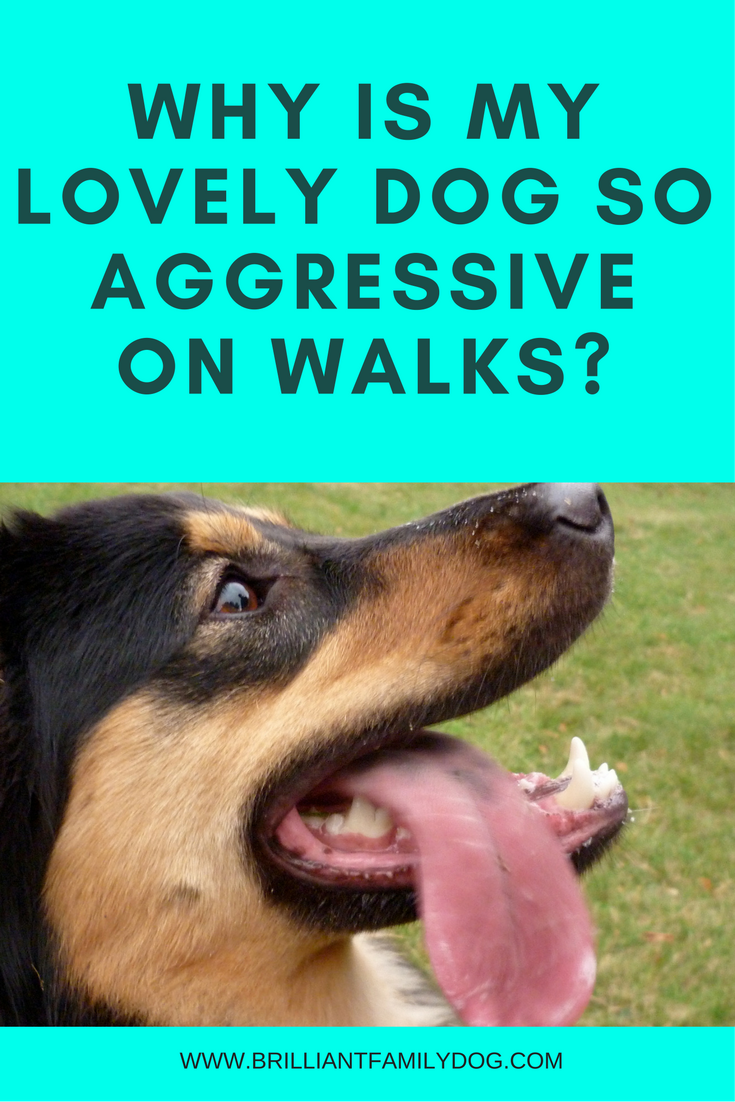Let’s think of ourselves first.
How close is too close to your child?
How close is too close to your friend?
How close is too close to your postman?
How close is too close to a stranger asking directions?
How close is too close to a drunk, shouting in the street?
Clearly, you’ll have a different answer for each question. Our personal space requirements vary from situation to situation. They also vary across the planet.
Get your free email course here!
THIS E-COURSE IS A BONUS FOR YOU WHEN YOU SIGN UP TO RECEIVE EDUCATIONAL EMAILS AND OCCASIONAL OFFERS FROM ME. YOU CAN UNSUBSCRIBE AT ANY TIME.
Privacy Policy
The Japanese, for instance, prefer a larger personal space than many Westerners are used to, and it may not be breached by touching! That is the height of insolence.
So the personal space we have which is an essential survival mechanism can also be affected by culture and learning.
Our dogs are just the same!
What’s sauce for the goose is sauce for the gander
Dogs too have a personal space.
But because dogs are so fast, their personal space is much larger than ours. And the cultural differences come in too, in the form of breed characteristics.
Companion dogs who have been bred to stay close to their owners will tend to manage with a smaller space. If you have a guarding or guardian breed - then they alert to anything that shouldn’t be on or near their “patch”. Their space is huge.
These are factors you need to keep in mind when out and about with your dog.
What is an acceptable space for you to pass someone on the street, may not be acceptable to your dog. You will have to teach her that the passing person has been assessed by you as non-threatening, and does not need to be jumped up on, barked at, or grabbed while passing.
Fitting into our way of life is not straightforward for our dog. We kind of assume they’ll just come ready-programmed to respond the same way we do. But we have been learning for twenty years (or many more!) how to relate to our fellows, and have a headstart by virtue of the fact that we are the same species.
Teaching your dog the social skills necessary to fit in with our world is essential. But it shouldn’t go against your particular dog’s natural instincts. You chose that breed because of her characteristics. So you need to work with them to achieve a dog who is comfortable in the places we take her.
And how about other dogs?
When it comes to your dog’s personal space with regard to another dog, then that space is bigger again!
So passing someone on the street within your personal space may work for your dog. If that person has a dog with them, it may change things entirely!
If your dog tends to shoot first and ask questions later, then changing your response to passing people with dogs will make your walks infinitely more comfortable and stress-free. You need to develop a kind of radar scanner on the top of your head, which will pick people and dogs out at a great distance, giving you time to plan your getaway. While your dog is seeing the oncoming dog, you can post some quick treats into her mouth, then with a cheery “Let’s go!” turn and head along your escape route, giving more treats all the while.
You can simply cross the road, wander down a side-road or driveway, or even turn and go the other way till there is sufficient space to pass. Playing a quick focus game with your dog will help.
As any tension we feel in a situation rapidly passes down the lead to our dog, then minimising our stress levels will help to lower hers. So, instead of seeing a dog approaching, hoisting the lead up to your chest and winding it six times round your hand as you gasp - sure to get your dog saying “Who? Where? What have I got to bark at?” - try doing the exact opposite:
When you see a dog coming, your first response will be to relax your shoulders, relax your hands, and breathe out,
Just this new habit alone will make a tremendous difference to your walks. It’ll help to keep your dog calm, and when your dog is calm - you can be calm. And when you are calm - your dog can be calm! It’s a virtuous circle you want to get into, and it starts with you changing your response to an oncoming dog.
That response is totally understandable, if in the past an oncoming dog has resulted in your dog reacting - barking, lunging, as if her life depended on it. But, while understandable, it’s not helpful!
Maybe your walk will take a little longer with these detours. As long as you’re both enjoying it - who cares?
For some solid advice on how to manage your reactive dog so that walks are less stressful all round, get your free email course here.
And there’s lots of help for you in Essential Skills for your Growly but Brilliant Family Dog: Books 1-3: Understanding your fearful, reactive, or aggressive dog, and strategies and techniques to make change






